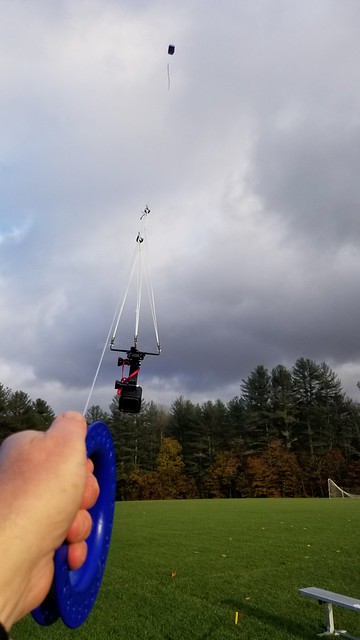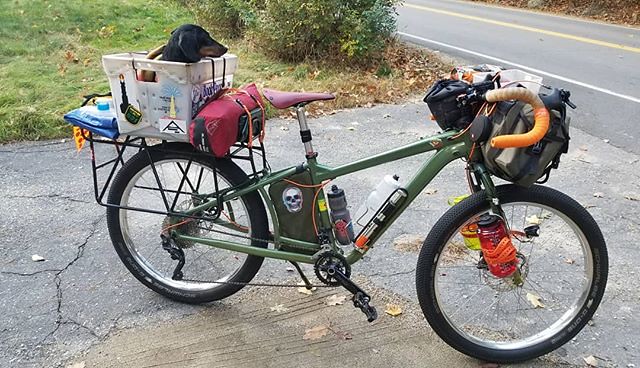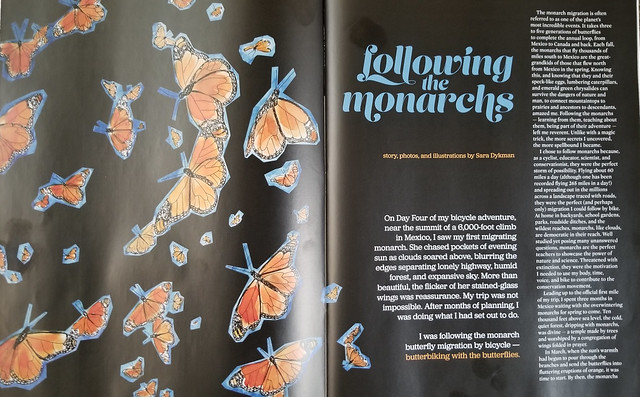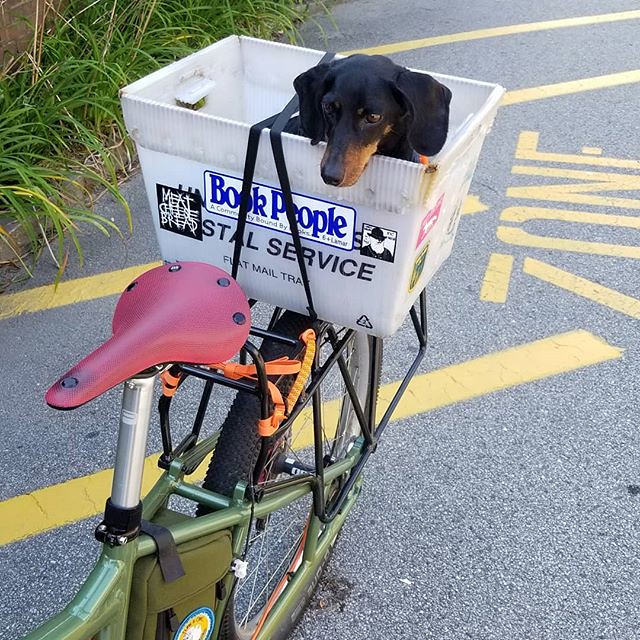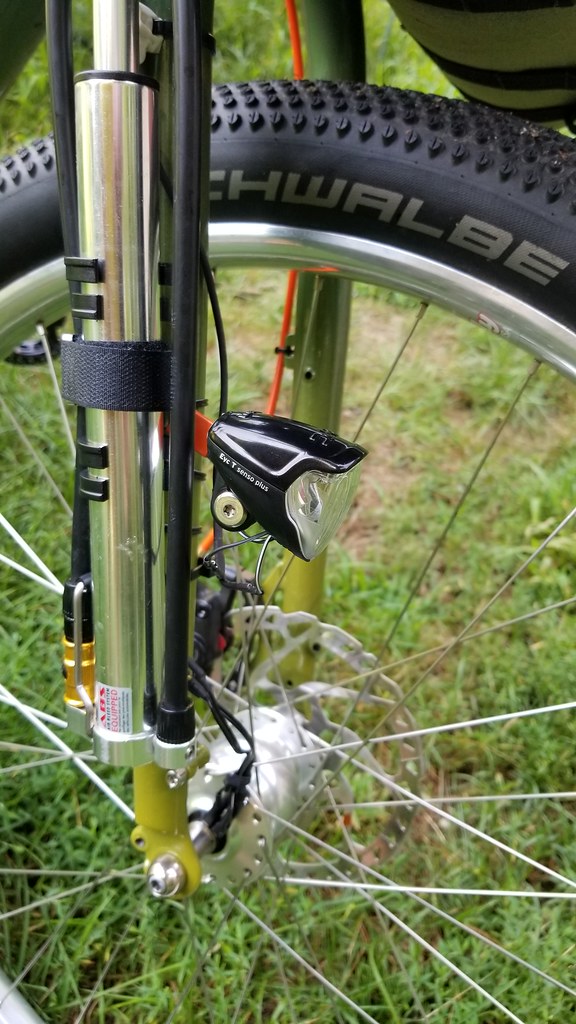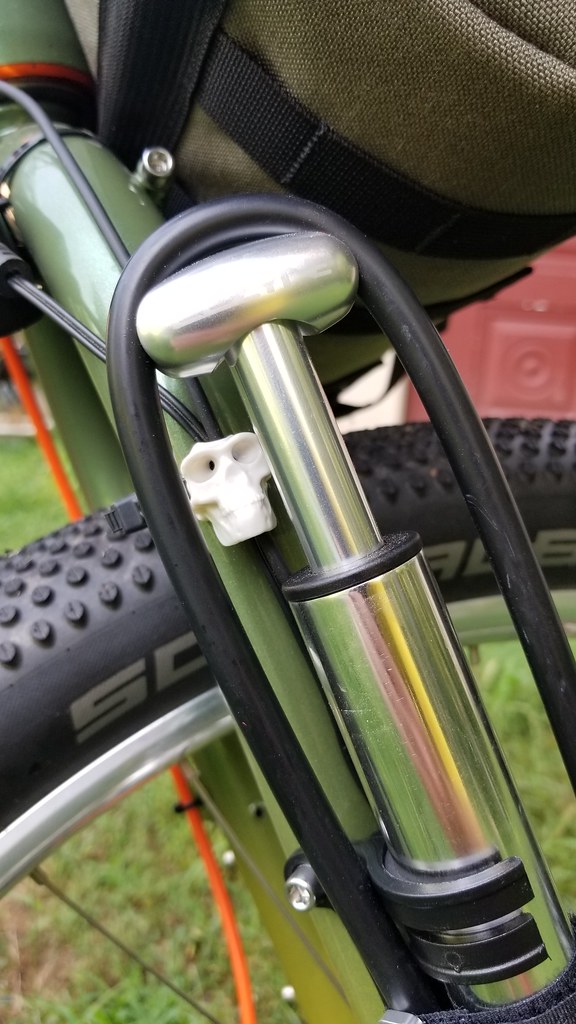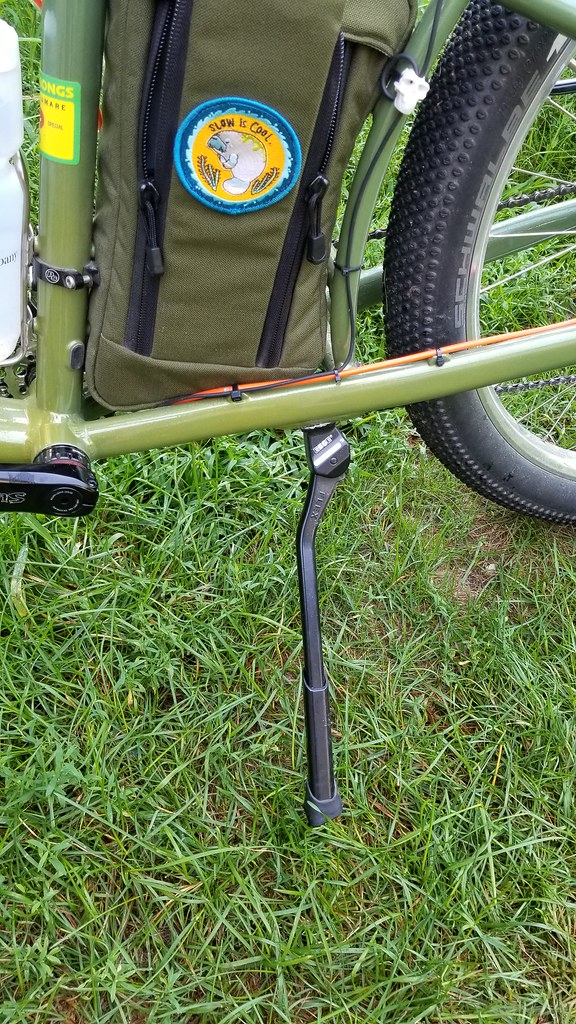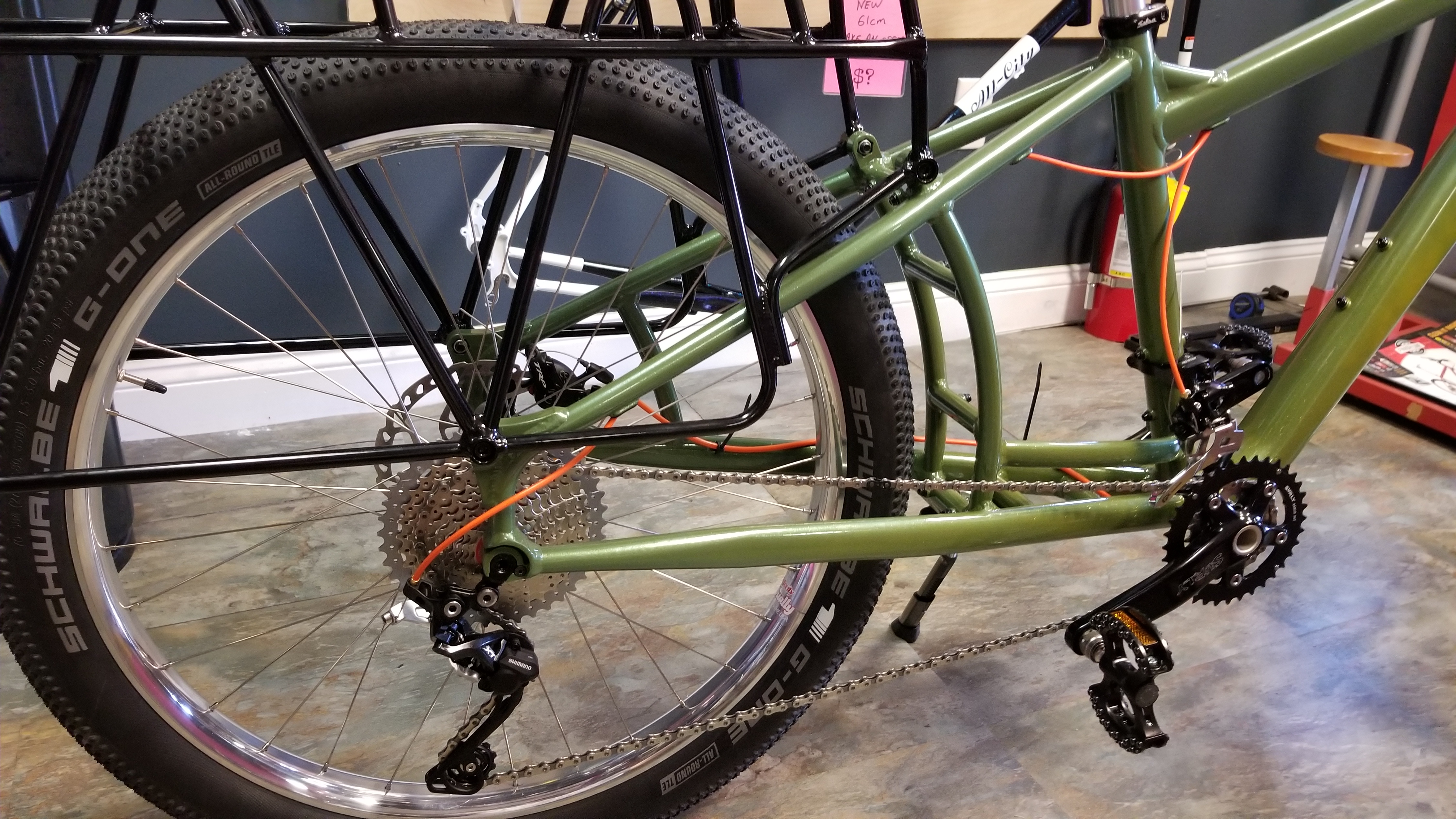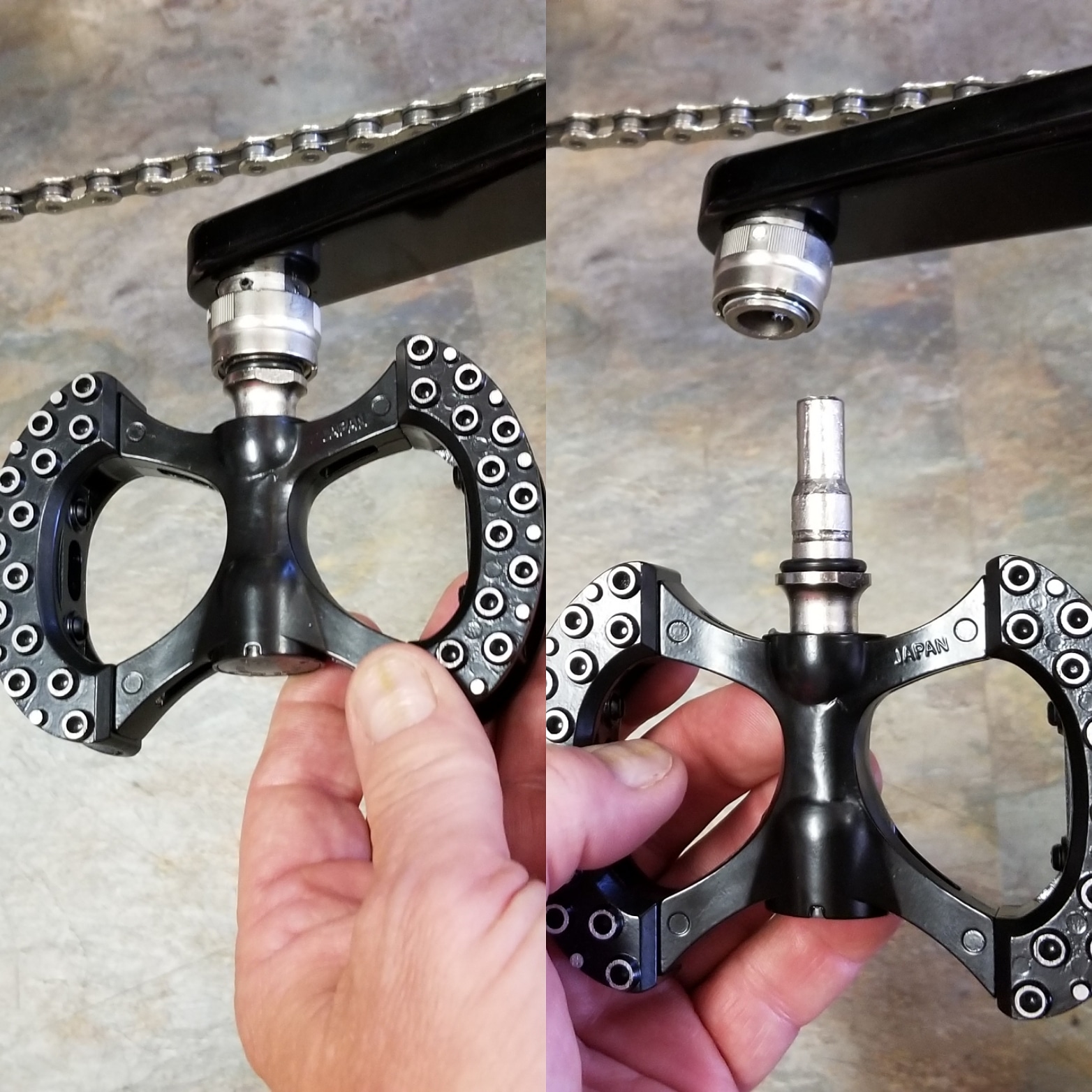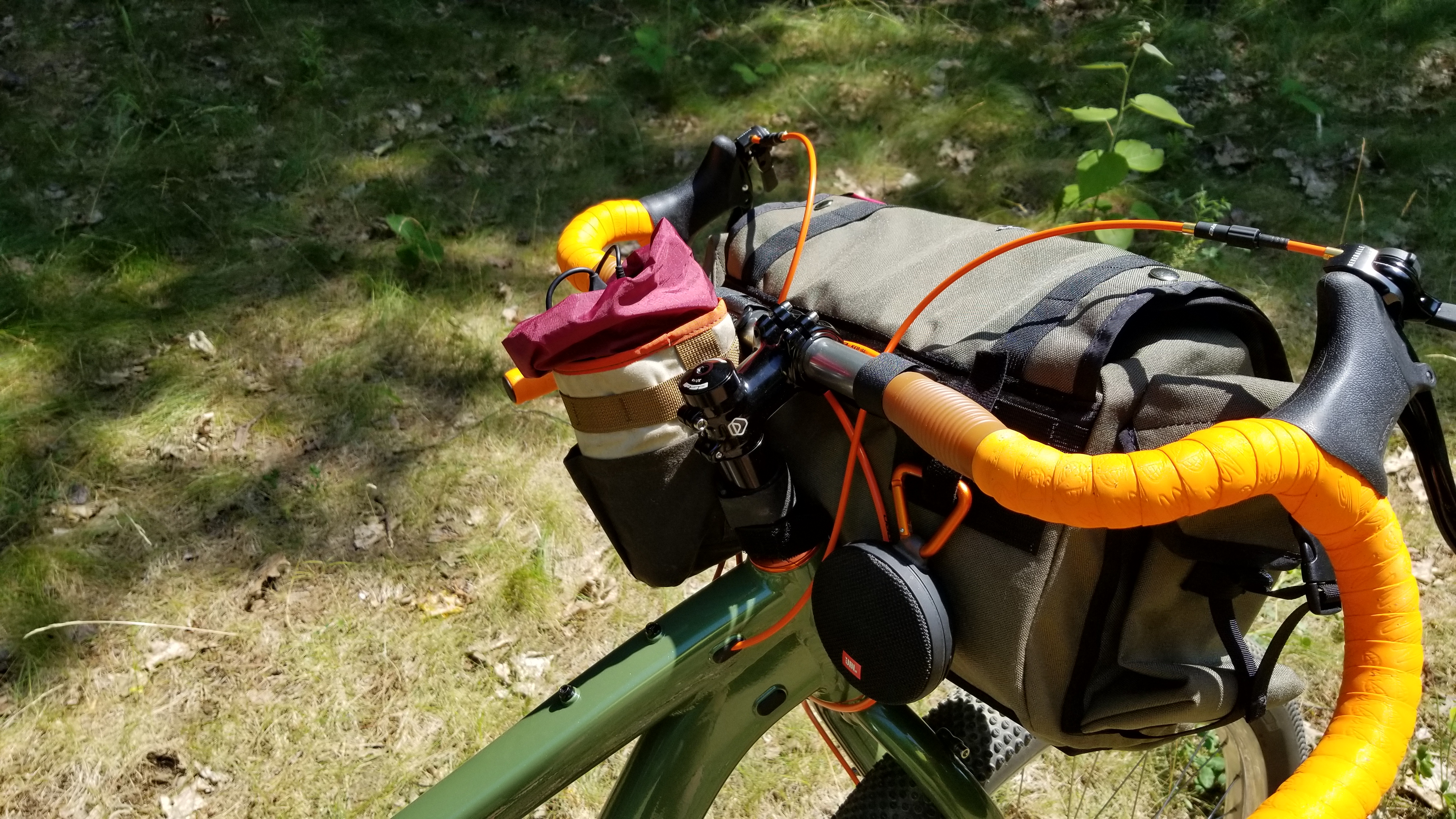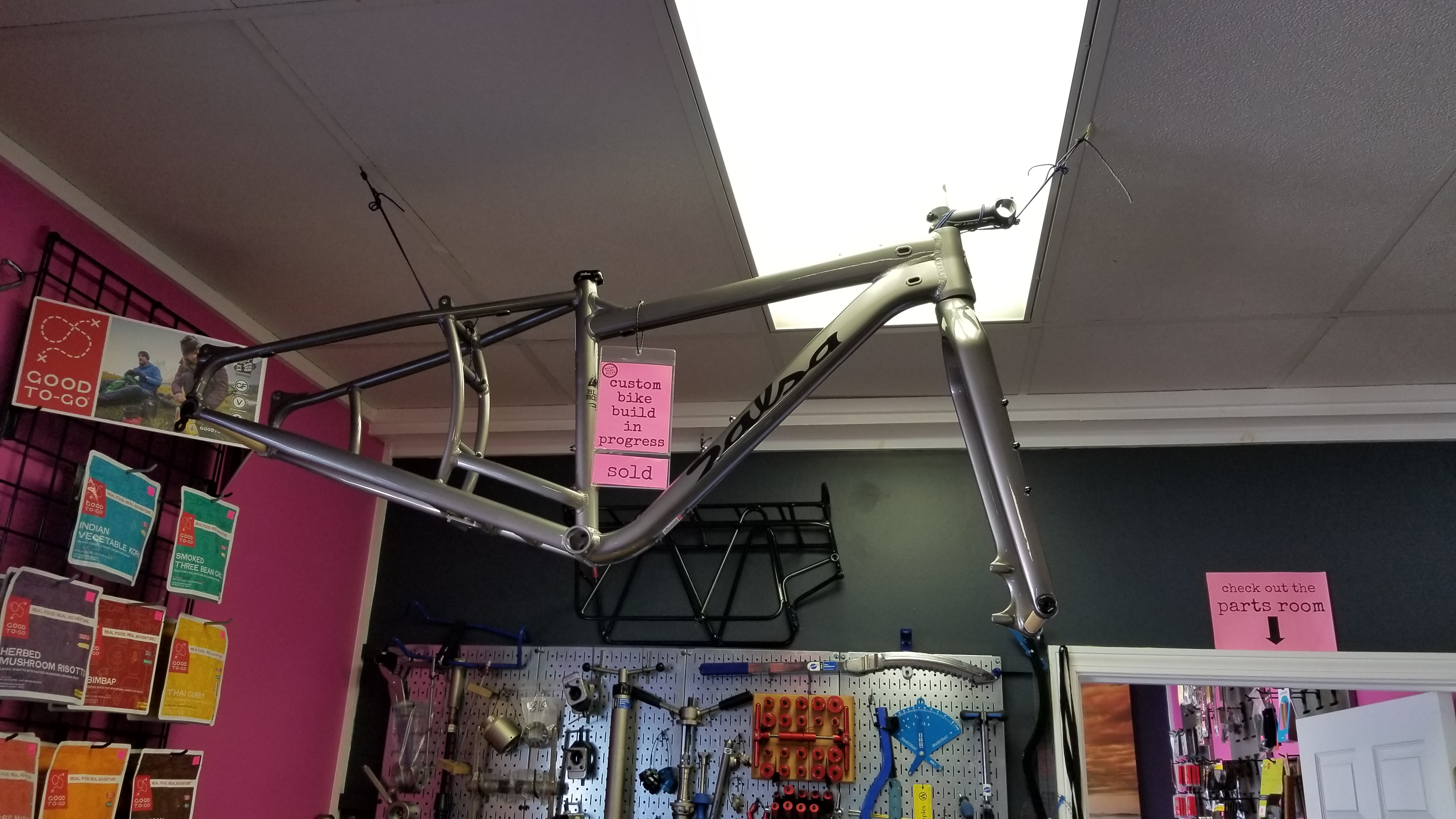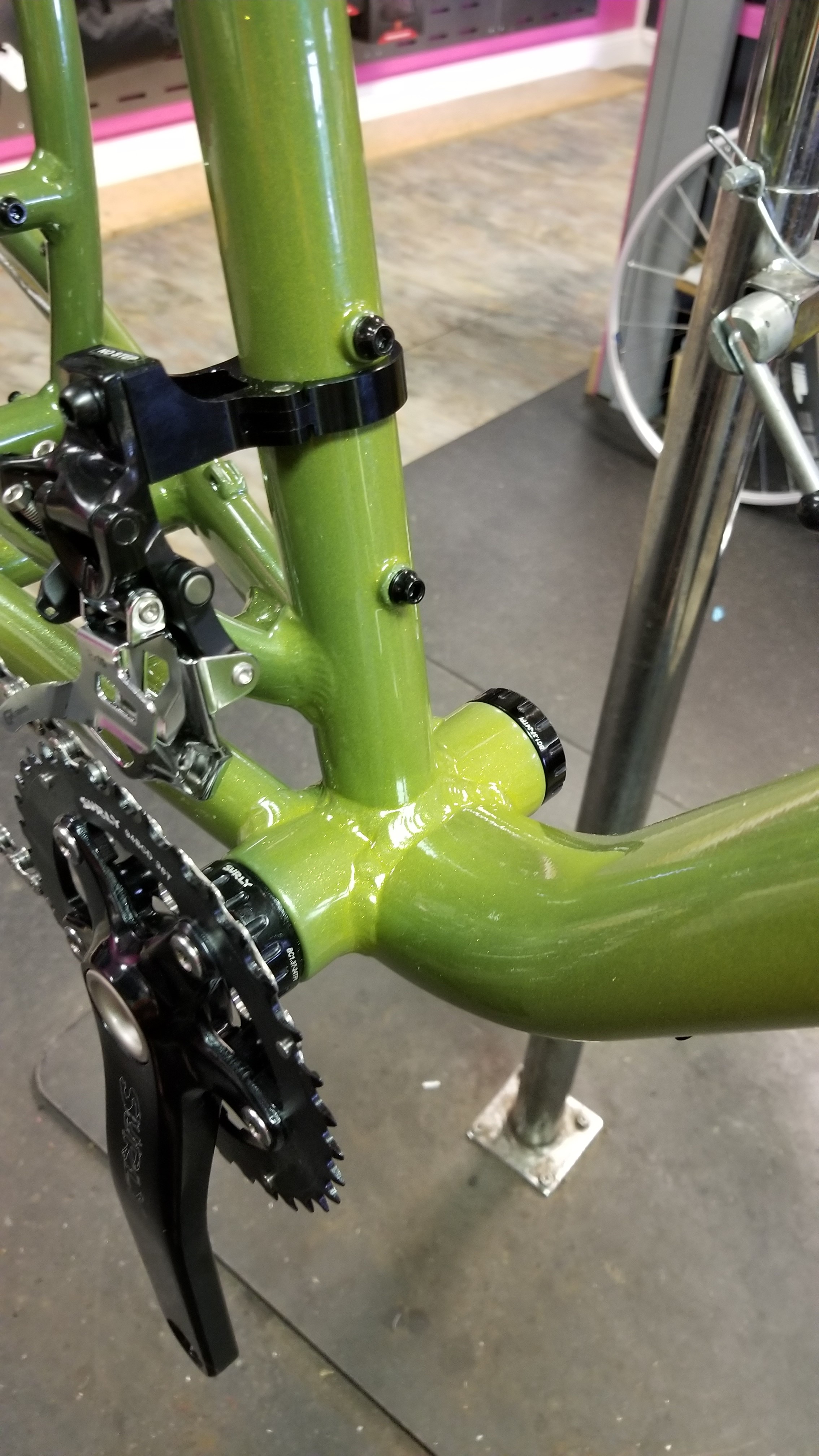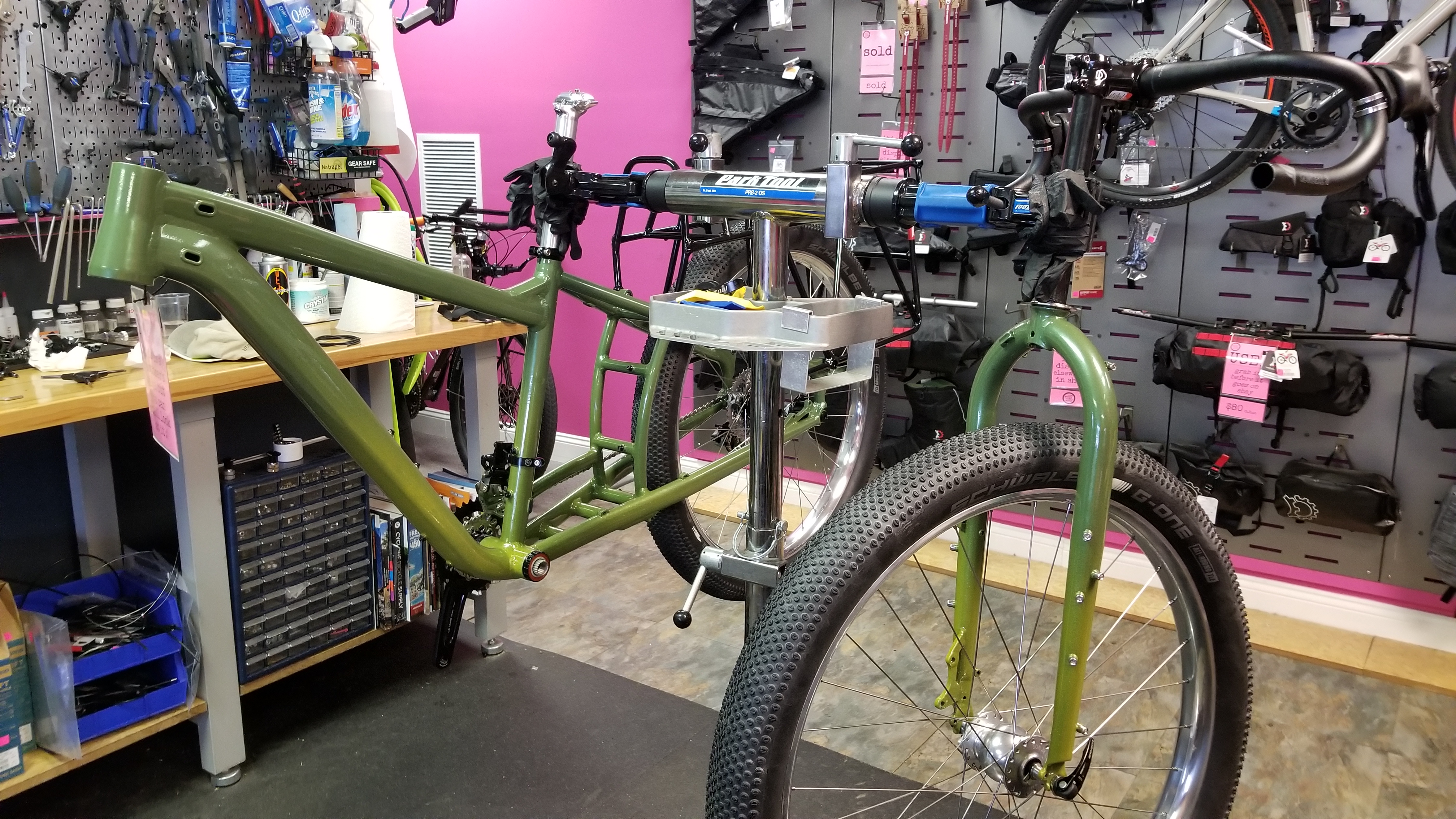I’ve been interested in kite aerial photography almost as long as I’ve been on the internet. I’m not sure how I got there, but I remember falling over Prof. Benton’s KAP page back in the days of usenet and listservs. I’ve flown a couple different kinds of drones, but the notion of a kite as the camera’s skyhook never stopped being attractive. As I thought about camera equipment for the trip, a KAP rig immediately suggested itself. Drones are heavy and power hungry; kites are neither of those things. I got the stuff together and yesterday – a day of 20 mph+ blustery winds – was the first sky trial.
KAP requires 3 things: a kite (and line obv), a camera with some sort of automatic or remote triggering capability, and a way of hanging the camera off the kite string. I already had a GoPro; they come with wireless capabilities and a phone app to control them. The kite was easy, too. Though I already had an old parafoil kite, I ordered a larger one (for better light wind lifting) with a monster tail (for stability). The last bit, the camera/kite interface, is interesting. I’m using a picavet (or picavet cross if you prefer). It’s named after its inventor, Pierre Picavet, who came up with the notion in 1912. Side note: the history and longevity of KAP is another thing that attracts me.
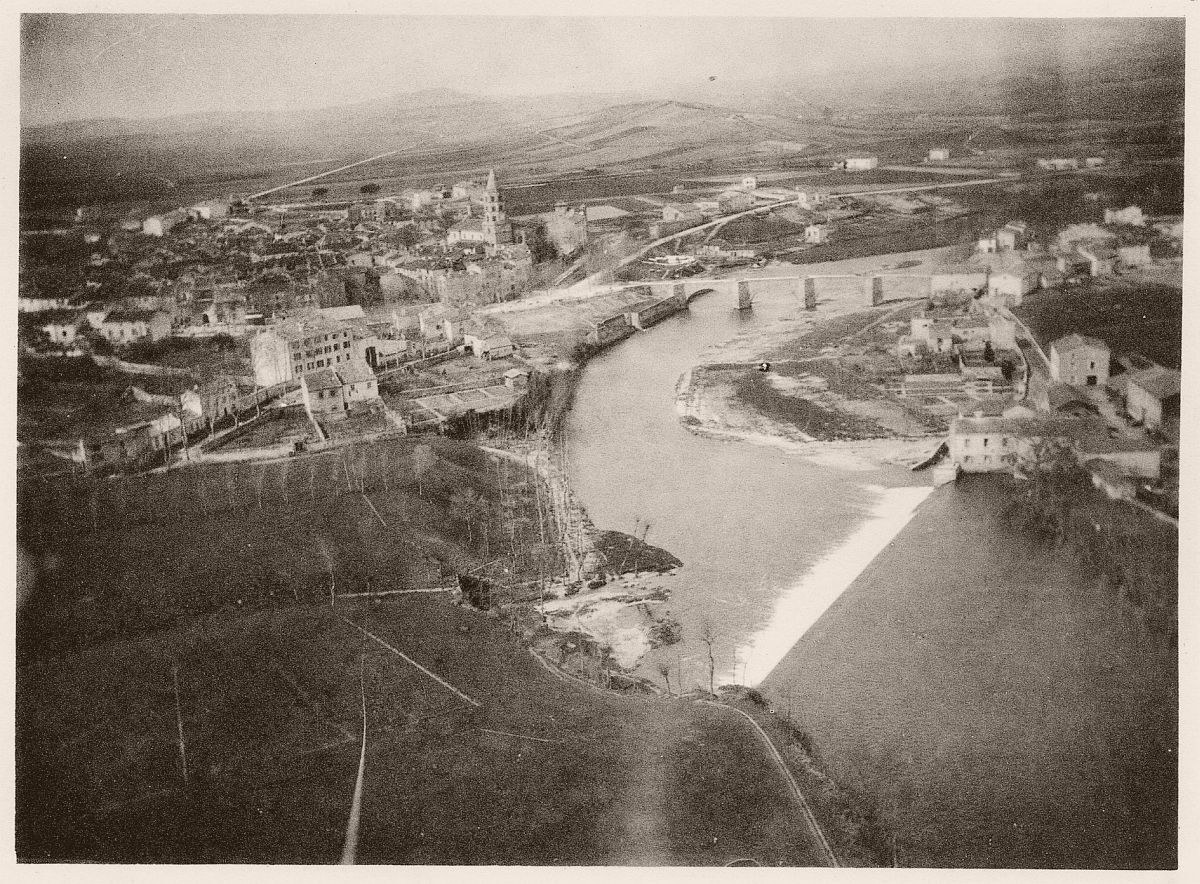 Arthur Batut’s aerial photo of Labruguière, 1889
Arthur Batut’s aerial photo of Labruguière, 1889
Here’s my picavet on its way up:
But I am getting ahead of myself. Yesterday was the first day that all the elements were in place: good wind, no rain and all the components rigged and ready. So off I went to a nearby (sodden) playing field complex. When I got there, I discovered that I wasn’t the only person with kites on their mind. This person was doing some dry land kite-boarding practice.
We spoke briefly – I wanted to make sure I didn’t get in his way – and I walked off to a different corner of the field. He left soon after; the wind was strong and out of the corner of my eye I saw him execute a nice landing after getting pulled a combined Olympic long/high jump distance by his kite.
I had a good time and came away having learned a few things: a mark of a successful outing in my book.
- Wear gloves!
- I need to spend more time with the GoPro phone interface. The interface is simple, but when you’re using it one handed with an angry kite in the other hand, well… And distance may or may not be an issue – again, tough to troubleshoot when one’s attention is divided.
- I am going to experiment with more and heavier line. The kite came with a 300′ spool of 80lb line. I have a 500′ spool of 160lb line – it weighs more (boo!) but the extra 200′ will come in handy.
- Don’t expect stable video when you are flying in a wind right at the top of your kite’s rating.
Here’s some barely-edited footage of the first flight; not great but there’s nowhere to go from here but… wait for it… up.
Logistics note: I’m planning on posting video to both Flickr (esp after they open up the time limit to 10 minutes) and Youtube. I realize there’s angst on the internet over how SmugMug/Flickr is handling the free account downgrade. I’ve had a Flickr Pro account for a long time for exactly that reason: lack of trust in the permanence of free internet services. And so the thing I pay for (Flickr) will be the primary drop and the “free” thing (Youtube) will be there as a secondary source.

